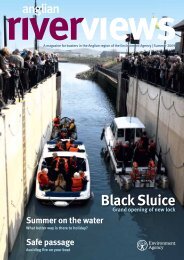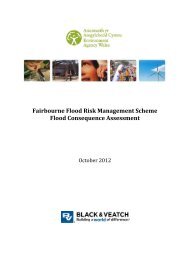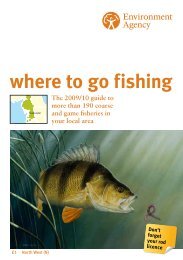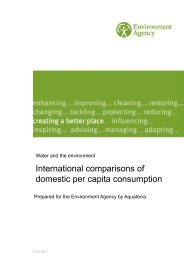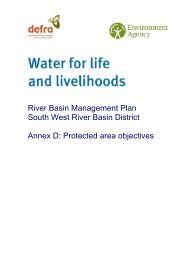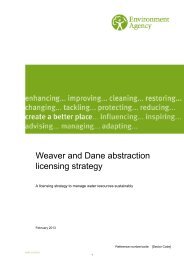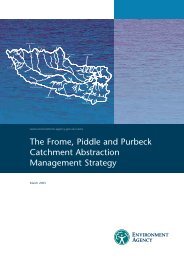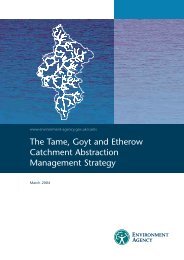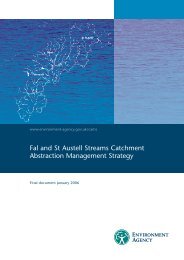Karenia mikimotoi
Karenia mikimotoi
Karenia mikimotoi
You also want an ePaper? Increase the reach of your titles
YUMPU automatically turns print PDFs into web optimized ePapers that Google loves.
4.1 Possible exposure of bathers to free toxins<br />
dissolved in the water<br />
The possibility of bathers swallowing water containing dissolved phycotoxins must be<br />
considered. Other than cyanobacterial toxins in fresh water (sect. 6.) there is a dearth<br />
of information regarding the occurrence and stability of dissolved phycotoxins in natural<br />
waters.<br />
4.1.1 Domoic acid<br />
Domoic acid (DA) is a water-soluble neurotoxin produced and released by several<br />
species of the diatom Pseudo-nitzschia and by Nitzschia navis-varingica (Leftley and<br />
Hannah, 2008). DA accumulates in the culture medium in dense laboratory cultures of<br />
limited volume but there is no evidence that the free form of the toxin accumulates to<br />
any significant concentrations in the ocean as it is photolabile (Bates et al., 2003;<br />
Bouillon et al., 2006).<br />
4.1.2 Okadaic acid and its congeners<br />
Okadaic acid and its congeners are lipophilic compounds and of low solubility in water.<br />
Their chemistry and stability has been discussed by Quilliam (2004). There appear to<br />
be no reports of okadaic acid and related compounds being detected in significant<br />
quantities in natural waters.<br />
The extracellular production of okadaic acid by Prorocentrum lima in laboratory cultures<br />
was observed by Rausch de Traubenberg et al. (1995). It was subsequently shown<br />
that Prorocentrum spp. produce soluble sulphated diol esters of the parent acid<br />
(Quilliam, 2004 and refs. therein).<br />
4.1.3 The saxitoxins<br />
No reports of the detection of the free toxin in natural waters were found.<br />
4.1.4 Nodularin<br />
Little toxicological data are available. It is considered equivalent in toxicity to<br />
microcystin-LR produced by freshwater cyanobacteria (see Table 7). It is water soluble<br />
and stable in solution (see 3.11).<br />
30 A Literature review of the potential health effects of marine microalgae and macroalgae



